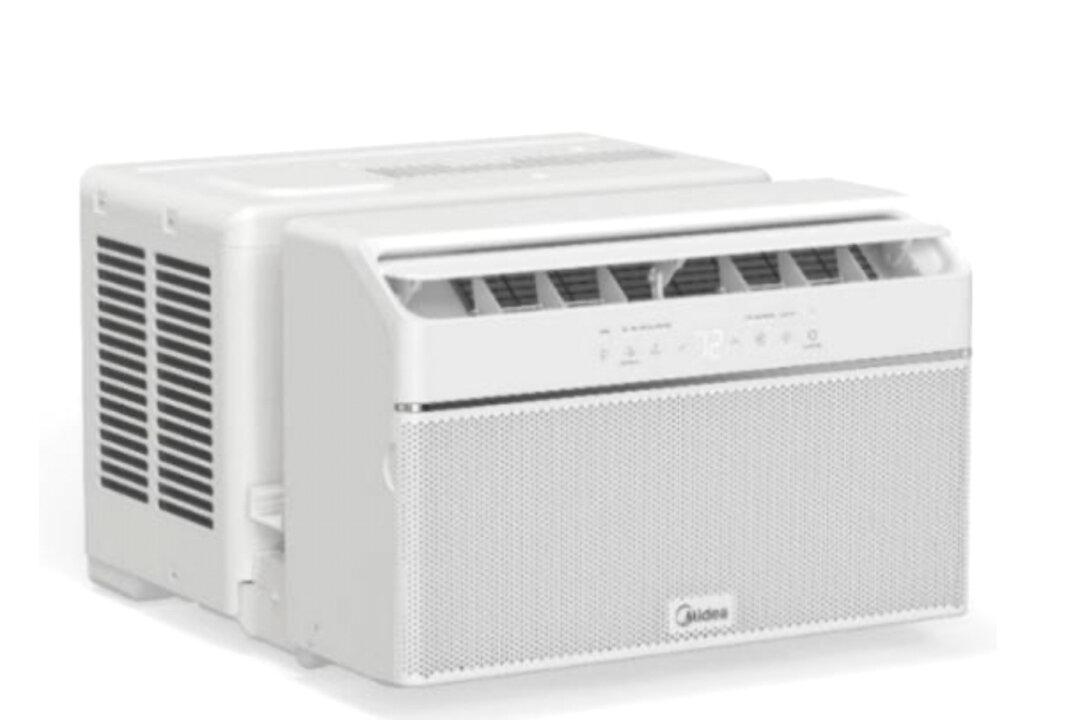The recalled products were manufactured by GD Midea Air-Conditioning Equipment Co., Ltd., located in China. Midea is a Chinese brand, and the products were imported by Midea America Corp., located in New Jersey. The recall applies to U and U+ air conditioners sold under the brand names Midea, Comfort Aire, Danby, Frigidaire, Insignia, Keystone, LBG Products, Mr. Cool, Perfect Aire, and Sea Breeze.
“Pooled water in the air conditioners can fail to drain quickly enough, which can lead to mold growth,” said the statement. “Mold exposure poses risks of respiratory issues or other infections to some consumers.”
“The firm is aware of at least 152 reports of mold in the air conditioners, including 17 reports of consumers experiencing symptoms such as respiratory infections, allergic reactions, coughing, sneezing, and/or sore throats from mold exposure.”
The recalled products were sold in Costco, Menards, Home Depot, Best Buy, and other stores nationwide and online at Midea.com, Amazon.com, Costco.com, Menards.com, HomeDepot.com, Lowes.com, Walmart.com, BJs.com, BestBuy.com, and other websites from March 2020 through May 2025 for between $280 and $500.
According to the CPSC report, the items were manufactured in China and Thailand. In addition to the U.S. recall, an additional 45,900 units sold in Canada are being withdrawn.
The company is offering customers refunds or repairs.
“Consumers who want a refund will be requested to send the unit back to Midea using a free shipping label or submit a photograph showing that they cut the unplugged power cord of the unit to receive a refund,” the CPSC statement said.
“Consumers who want a repair should contact Midea to arrange for a technician to install a new drain plug or send consumers a repair kit that includes a new drain plug and bubble level, depending on the model.”
CPSC has previously recalled multiple products citing the risk of exposure to mold.
The company had received 16 consumer reports of the ornaments carrying mold.
Mold and Consumer Health
In a Sept. 26 post, the Centers for Disease Control and Prevention (CDC) warned that exposure to mold may trigger allergies or allergic reactions.In individuals allergic to mold, touching or inhaling mold can trigger allergic responses such as skin rash, sneezing, runny nose, and red, itchy, or watery eyes. People who are not allergic to mold stand to experience irritation of the nose, eyes, skin, throat, and lungs.
Asthma is another potential consequence of mold exposure. When a person experiences asthma, airways can become narrow, making it “harder for air to flow out of the lungs when breathing out,” the agency said.
Symptoms of asthma include wheezing, chest tightness, and shortness of breath.
Another potential result of being exposed to mold is an immune disorder—hypersensitivity pneumonitis. A person with this disorder, who is exposed to things like fungi or bacteria, may end up with inflammation of the lungs.
EPA advised that “controlling moisture is the most effective way of keeping mold from growing in air ducts.”







